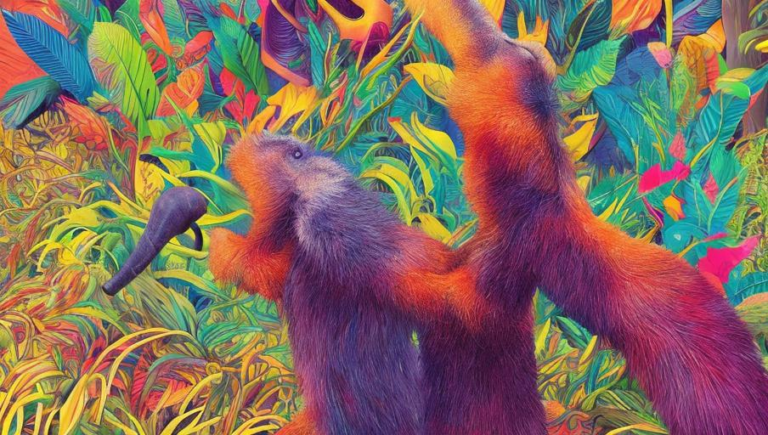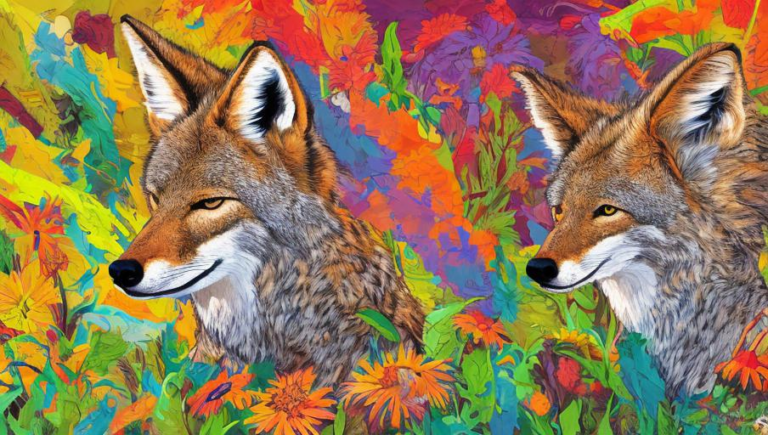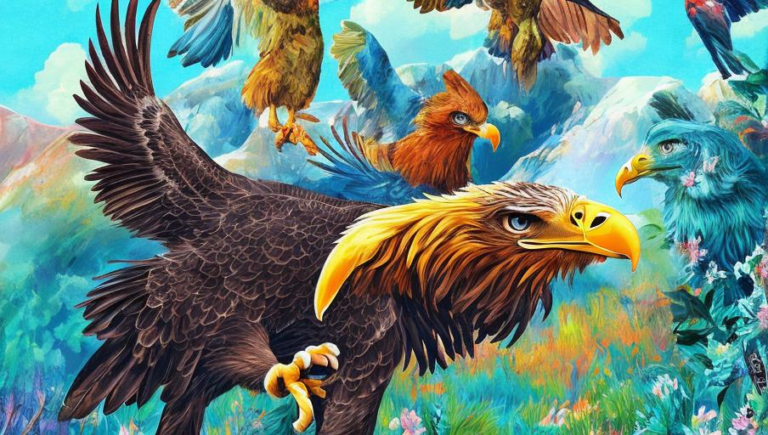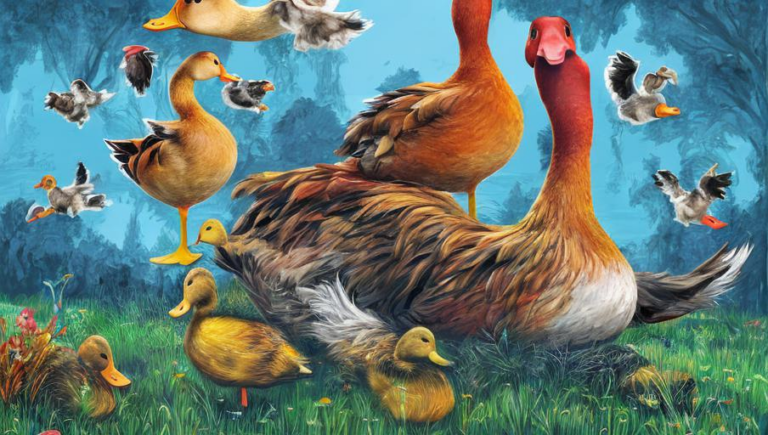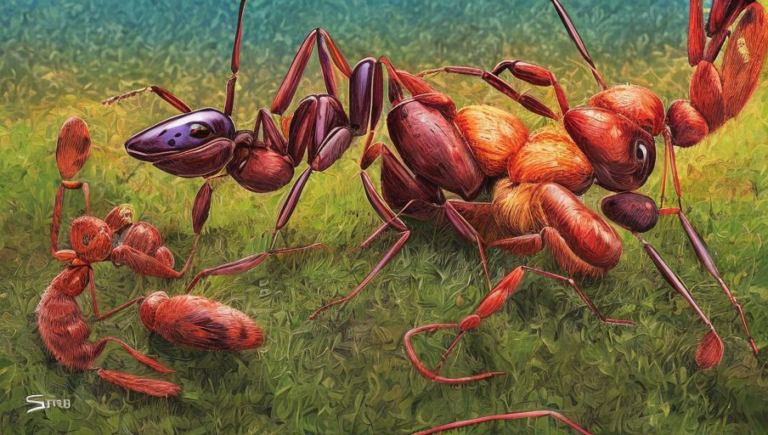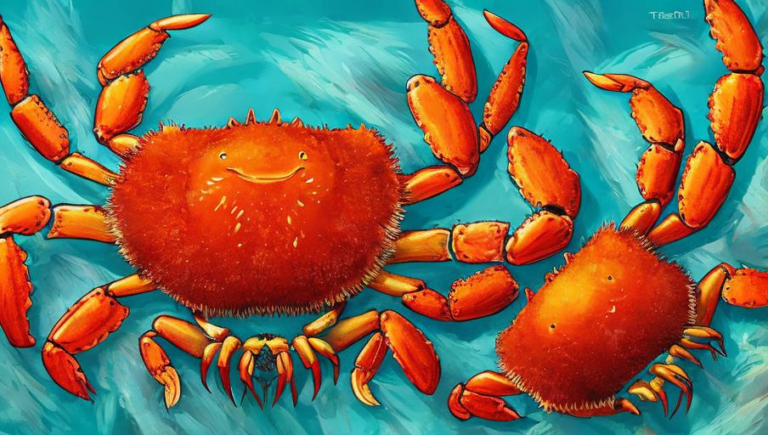Understanding the Cassowary
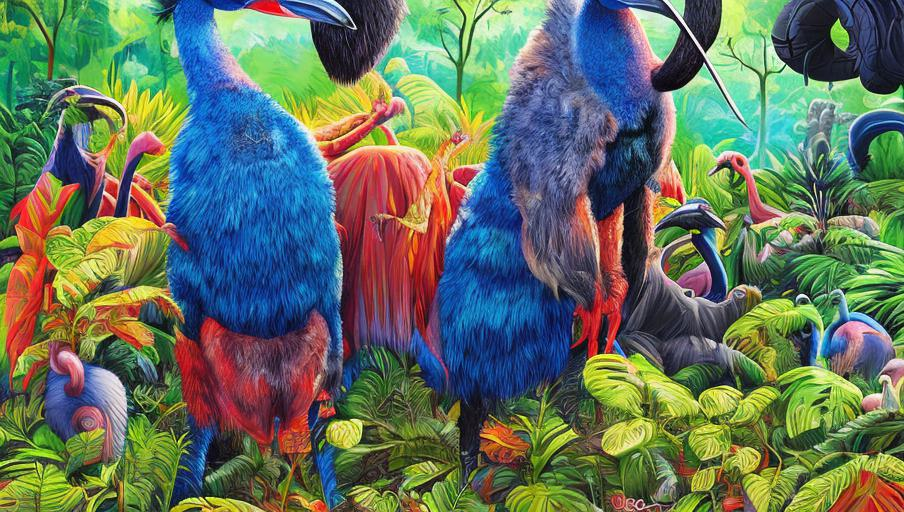
Understanding the Cassowary
The cassowary is a large, flightless bird that is native to the tropical rainforests of New Guinea, the Aru Islands, and northeastern Australia. It is the second-heaviest bird in the world, after the ostrich. It is closely related to the emu, another flightless bird native to Australia.
Appearance
The cassowary is a large, colorful bird with a body that can reach up to 6 feet (1.8 meters) in height and weigh up to 176 pounds (80 kilograms). It has a bright blue neck and head, a black neck ruff, and a bright red-orange wattle on the side of its face. The cassowary also has long, strong legs and feet, with sharp talons. Its wings are small and non-functional.
Diet
The cassowary is an omnivorous bird, meaning it eats both plants and animals. It mostly feeds on fruits, seeds, fungi, grasses, and small insects. It is also known to eat small animals such as snakes, lizards, and rodents.
Habitat
The cassowary prefers to live in the tropical rainforests of northern Australia and New Guinea, although it can also be found in mangrove forests and other wetland habitats. It is mostly active during the day, and spends the night in dense vegetation or trees.
Behavior
The cassowary is a solitary bird, meaning it does not form social groups. It is an aggressive bird and is known to attack if provoked. It has a loud, booming call, which it uses to communicate with other cassowaries.
Reproduction
The mating season for cassowaries usually occurs during the wet season, between November and February. The female lays up to six eggs in a nest that is built on the ground. The male is responsible for incubating the eggs, and will remain with the chicks until they are ready to leave the nest.
Threats
The cassowary is listed as vulnerable by the International Union for Conservation of Nature (IUCN) due to habitat loss and hunting. It is also threatened by invasive species, such as cats and dogs, which can compete for food and spread disease. Climate change is also a threat, as it can cause extreme weather events that can damage the cassowary’s habitat.
Conservation
In Australia, the cassowary is protected by law and there are laws in place to protect its habitat. Additionally, there are several conservation organisations that are dedicated to protecting the cassowary and its habitat. These organisations work to raise awareness of the species and its threats, as well as to protect and restore its habitat.
Conclusion
The cassowary is a large, colorful bird that is native to New Guinea and Australia. It is an important part of its ecosystem and is threatened by a variety of human activities. Conservation efforts are in place to protect this species, but more needs to be done to ensure its long-term survival.
